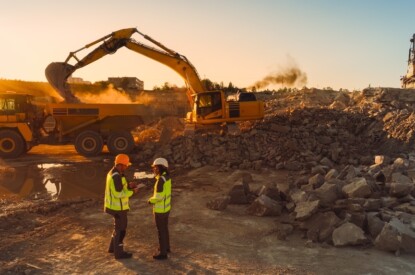Gaining the trust of impacted citizens after a disaster is critical in being able to provide the type of care and assistance required to make a real impact. One way this trust is built and needs are met is through FEMA’s Disaster Case Management Program. Within these programs, disaster case managers form strong bonds with disaster survivors, advocating for their needs and guiding them toward holistic recovery, covering financial, physical, emotional, and housing-related aspects.
Disaster case managers work diligently as advocates for disaster survivors, but many can’t begin to recover holistically until their housing needs are met. CDBG-DR grants are often released and deployed years after a disaster. In this time gap, citizens may lose confidence in receiving state or federal assistance and, therefore, faith in their ability to recover. Disaster Case Management is vital not just for bridging the gap but also for facilitating a swift launch of the CDBG-DR program. This, in turn, leads to faster assistance to citizens, showcases the State’s delivery capability, and establishes a path for sustained success in long-term disaster recovery.
State’s utilizing FEMA Disaster Case Management programs should look to coordinate with the future needs and requirements of a CDBG-DR housing program. By creating an application that includes the necessary CDBG-DR requirements, drastic amounts of time around outreach, intake and eligibility can be saved. For example, if a survivor has a large unmet housing need, the FEMA Disaster Case Management Program should work with that applicant to ensure all future eligibility requirements and documents are on hand as part of their completed application. Furthermore, it is critical that a Consent/Data Sharing agreement is part of the FEMA Disaster Case Management application process. This avoids duplicated efforts, stops the applicant from having to apply for assistance all over again and increases the overall speed of recovery.
The comprehensive approach of Disaster Case Management is critical, and while housing is just one need, planning ahead can allow citizens to be easily plugged right into a CDBG-DR program as “preliminary eligible” and moved through the often-cumbersome disaster recovery process rapidly.
This approach has been utilized successfully in South Carolina through close coordination between The South Carolina Office of Resilience’s DCM branch, Palmetto Disaster Recovery and multiple CDBG-DR programs. More than 1,350 applicants that originated as clients in South Carolina’s Disaster Case Management Program were transferred directly into the disaster recovery system of record and made eligible for CDBG-DR assistance with 654 receiving repaired or reconstructed homes to date. Not only were these survivors served with expedited care, but it allowed the State to demonstrate the ability to deliver, increased the interest of others and set the stage for programs that have served more than 3,300 families to date.
To learn more about coordination between FEMA Disaster Case Management Programs and CDBG-DR housing programs please reach out to HORNE Senior Manager, Daniel Paul.






